Explore how technology solutions can revolutionize your approach to customer loyalty. From innovative customer retention tech to personalized engagement strategies, learn how to keep your customers coming back for more.
Key Takeaways
In today’s fast-paced market, customer loyalty is not just about collecting points; it’s about creating experiences. Here’s what you’ll learn from this blog:
- Discover the Power of Customer Retention Tech: Learn how technology is changing the game in building customer loyalty.
- Innovative Tools Unveiled: Get to know the top tech tools that can elevate your customer retention rates.
- Practical Strategies for Your Business: We’ll guide you through actionable strategies that any small business can implement to foster a loyal customer base using technology.
- Real Success Stories: Dive into real-life examples of businesses that have successfully used technology to enhance customer loyalty.
- Future Trends: Get a glimpse into the future trends in technology that are set to reshape customer loyalty strategies.
Table of Contents
Introduction
Imagine a world where every customer feels uniquely valued and deeply connected to your brand. Sounds like a dream, right? Well, it’s not only possible but becoming increasingly necessary in today’s competitive market. In the age of information overload, where choices are limitless, how do you ensure your customers remain loyal to your brand? The answer lies not in traditional loyalty programs but in leveraging the right technology solutions.
Gone are the days when a simple punch card or points system would suffice to keep customers coming back. Today’s savvy consumers expect more – they seek personalized experiences, seamless interactions, and rewards that truly resonate with their needs and preferences. This shift in expectations has catapulted technology to the forefront of customer loyalty strategies.
But how exactly does technology bridge the gap between a business and its aspiration to cultivate a loyal customer base? This blog aims to demystify the role of customer retention tech in enhancing customer loyalty. From mobile apps that put your business at your customers’ fingertips to personalized marketing that speaks directly to them, technology offers a plethora of tools to not only meet but exceed customer expectations.
As we delve into the intricate relationship between technology and customer loyalty, remember this: at the heart of every successful tech-driven loyalty strategy is a deep understanding of your customers. Technology is merely the tool that brings your vision of customer loyalty to life. So, let’s explore how you can harness these technological advancements to create a loyal legion of customers who are not just buyers but avid supporters of your brand.
Stay tuned as we unpack the connection between tech and loyalty, reveal the top technology solutions for enhancing customer loyalty, share success stories, and much more.
The Connection Between Tech and Loyalty
In today’s digital era, customer loyalty and technology are more interconnected than ever. Understanding this relationship is crucial for any business aiming to thrive. Let’s dive into how technology reshapes customer expectations and what this means for your loyalty strategies.
Why Technology Matters in Customer Loyalty
Technology has fundamentally transformed how customers interact with businesses. With the rise of smartphones and the internet, consumers are now accustomed to instant gratification and seamless service. This shift means that traditional loyalty strategies, once effective, may no longer suffice. Technology offers a pathway to meet these evolved customer demands by providing personalized, convenient, and responsive experiences.
Personalization is Key
At the core of modern customer loyalty is personalization. Data-driven insights allow businesses to understand their customers’ preferences and behaviors at a granular level. Leveraging this data, customer retention tech can tailor experiences, offers, and communications that resonate deeply with individual customers, making them feel valued and understood.
Data Analytics Tools
Utilizing data analytics tools, businesses can track customer interactions and transactions to identify patterns and preferences. These insights guide personalized marketing campaigns and loyalty rewards that speak directly to the individual customer’s desires, increasing the likelihood of repeat business.
CRM Systems
Customer Relationship Management (CRM) systems play a pivotal role in personalizing customer interactions. By storing detailed customer information, CRMs enable businesses to manage relationships effectively and provide a personalized service at every touchpoint, from marketing to sales to customer support.
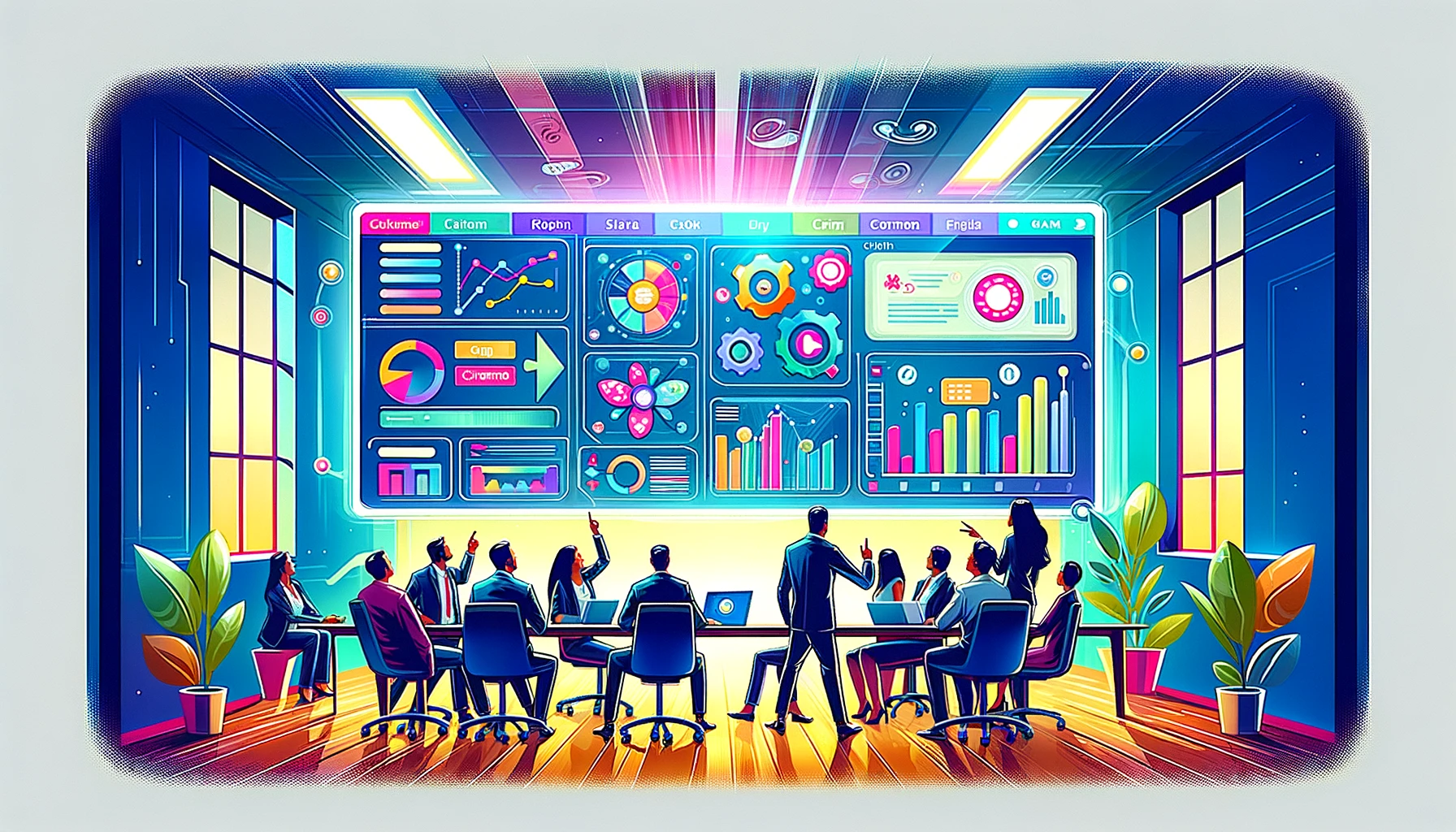
Enhancing Convenience with Technology
Another vital aspect of technology in customer loyalty is enhancing convenience. Today’s customers expect interactions with businesses to be easy, fast, and flexible.
Mobile Technology
Mobile technology, such as apps and mobile-optimized websites, ensures that customers can interact with your brand anytime, anywhere. This convenience not only improves customer satisfaction but also boosts loyalty by integrating your business into the daily lives of your customers.
Automation and AI
Automation and artificial intelligence (AI) further enhance convenience by streamlining operations and making customer interactions quicker and more efficient. For example, chatbots can provide instant customer support, and automated emails can keep customers informed and engaged without delay.
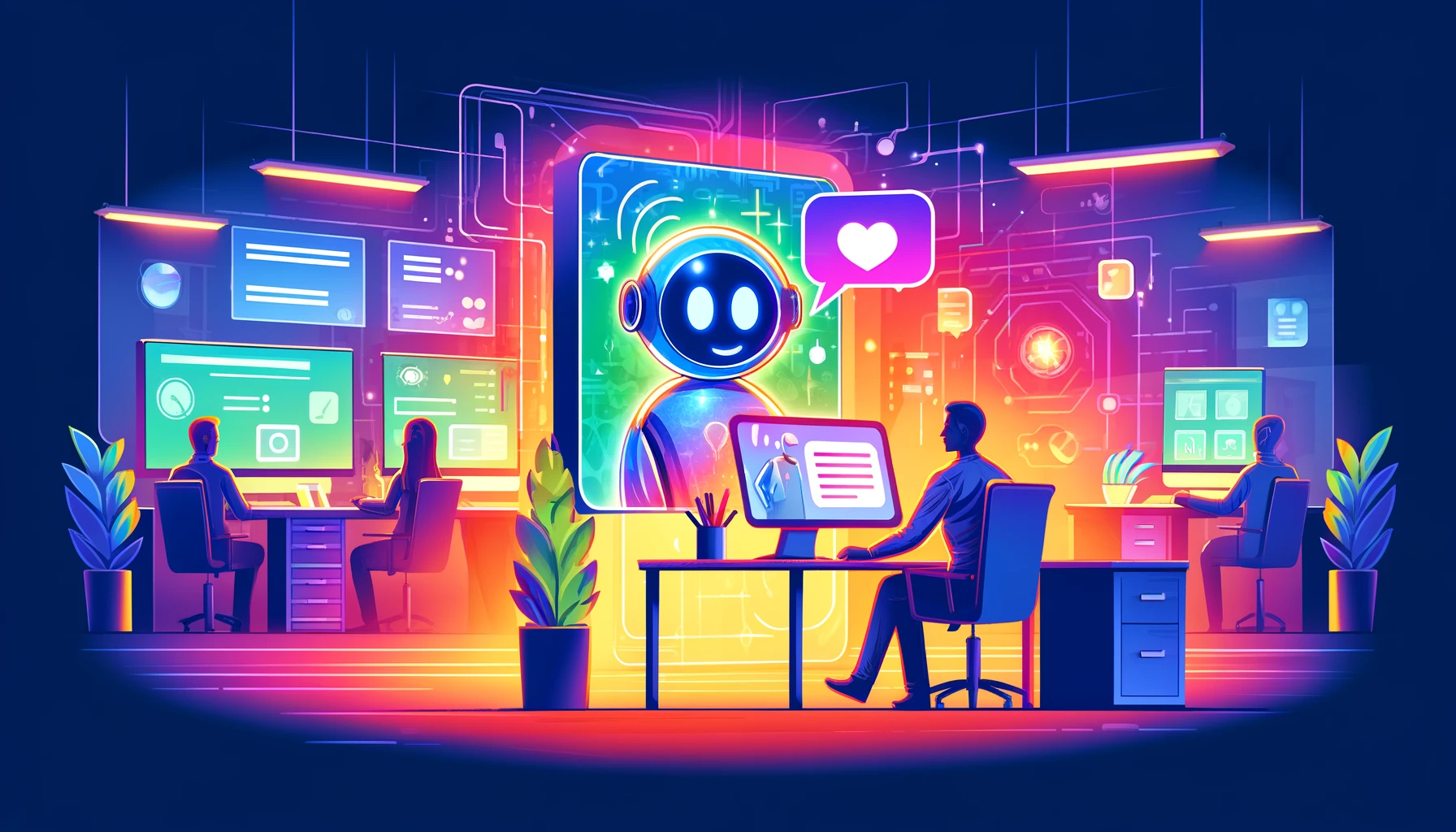
Immediate Feedback Loops
Technology also facilitates immediate feedback, allowing businesses to fine-tune their offerings in real-time based on customer responses. This responsiveness can significantly enhance customer satisfaction and loyalty as it demonstrates a business’s commitment to meeting and exceeding customer expectations.
Social Media Engagement
Through social media platforms, businesses can engage directly with customers, gather feedback, and address concerns promptly. This direct interaction not only solves issues more quickly but also builds a community around your brand, fostering deeper emotional connections and loyalty.
Technology isn’t just a set of tools; it’s a strategic asset that can transform customer loyalty from a concept into a tangible business advantage. By understanding and implementing the right tech solutions, businesses can create a loyalty ecosystem that anticipates customer needs, exceeds their expectations, and integrates seamlessly into their digital lives. In the next section, we will explore specific technology solutions that can help you achieve these goals and build a loyal customer base.
Top Technology Solutions for Customer Loyalty
In the quest to build enduring customer loyalty, leveraging the right technology can make all the difference. Here, we’ll explore several customer retention tech solutions that have proven effective in nurturing customer relationships and fostering loyalty. Each tool or platform serves a unique purpose, targeting different aspects of the customer experience.
Mobile Apps
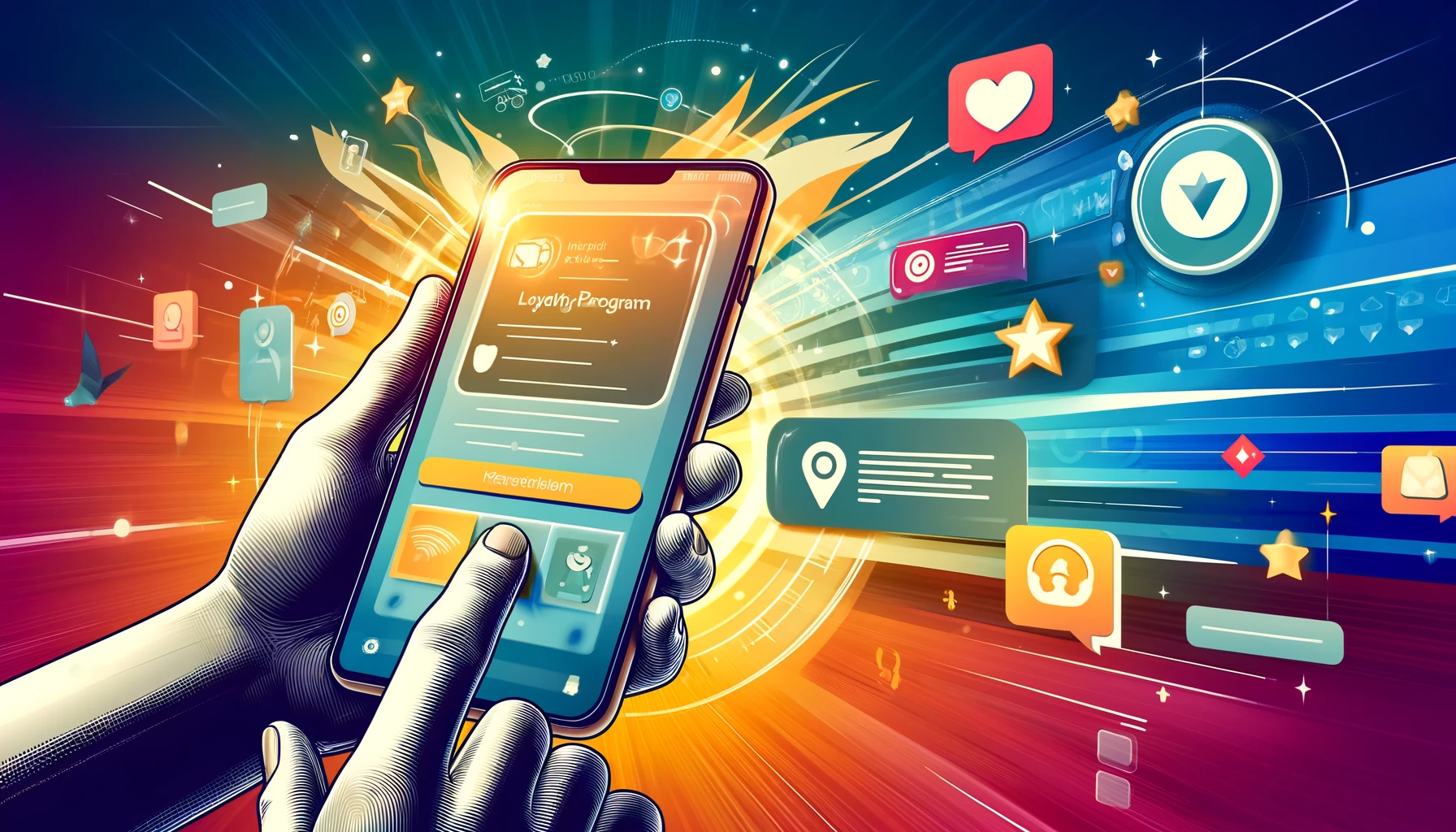
Engage On the Go
Mobile apps are a powerful tool for building customer loyalty due to their accessibility and versatility. By offering a mobile app, businesses can keep their brand at the fingertips of their customers, making interaction convenient and frequent.
Key Features to Include:
- Push Notifications: Send timely promotions and updates that encourage users to engage with your brand regularly.
- Loyalty Rewards Programs: Integrate a rewards program within your app to give users a reason to come back and make repeat purchases.
- Personalized Content: Use customer data to personalize content displayed in the app, from tailored product recommendations to customized promotional offers.
Personalization Engines
Craft Tailored Experiences
Personalization engines use artificial intelligence to analyze customer data and predict future behavior, allowing businesses to craft highly personalized experiences that resonate with each customer.
Benefits of Personalization Engines:
- Improved Customer Engagement: By providing personalized experiences, you can significantly increase customer satisfaction and retention.
- Increased Sales: Targeted recommendations encourage higher transaction values and frequent purchases.
- Enhanced Customer Insights: Continuous learning from customer interactions leads to better understanding and service over time.
Loyalty Management Software
Streamline Your Loyalty Programs
Loyalty management software helps businesses create, manage, and optimize loyalty programs with ease, providing a comprehensive toolkit to foster customer loyalty effectively.
Why Use Loyalty Management Software?
- Automated Rewards Tracking: Simplify how customers earn and redeem rewards, removing barriers to participation.
- Flexible Reward Options: Offer a variety of reward options that cater to different customer preferences, increasing engagement.
- Integrated Marketing Tools: Many platforms include tools for email marketing and campaign management, making it easier to communicate directly with loyalty program members.
Interactive and Social Features
Boost Engagement Through Interactivity
Interactive features such as gamification or social sharing options within apps and websites can significantly enhance customer engagement and loyalty.
Examples of Interactive Features:
- Gamification: Incorporate elements like points, badges, and leaderboards to create a fun, competitive environment around shopping or usage.
- Social Sharing: Encourage users to share their purchases or experiences on social media directly from your platform, amplifying your brand’s reach and building community.
Seamless Omnichannel Experience
Connect All Touchpoints
Creating a seamless omnichannel experience ensures that customers enjoy a consistent and smooth interaction with your brand across all platforms and devices.
Key Considerations:
- Consistent Branding: Ensure that your branding is consistent across all channels to strengthen brand recognition and trust.
- Integrated Customer Support: Provide consistent and effective customer support across all platforms, whether it’s through a chatbot on your website, live chat in your app, or customer service via social media.
Implementing these technology solutions not only enhances the customer experience but also builds a foundation for lasting loyalty. By integrating these tools into your business strategy, you can create a more engaging, personalized, and satisfying experience for your customers, which in turn drives loyalty and long-term success. In the following sections, we will look at real-world case studies of businesses that have successfully implemented these technologies to enhance customer loyalty.
Case Studies: Real-World Success Stories of Tech-Driven Loyalty
Exploring real-world examples can provide actionable insights into how technology effectively bolsters customer loyalty. Below, we look at actual companies that have excelled by integrating technology into their loyalty strategies.
Amazon: Personalized Recommendations at Scale
Mastering Personalization with Advanced Algorithms
Amazon, a global e-commerce leader, has set the benchmark for personalized shopping experiences. Utilizing sophisticated machine learning algorithms, Amazon analyzes user data to provide highly targeted product recommendations. This personalization extends beyond shopping suggestions to include tailored browsing experiences and customized marketing communications.
Key Outcomes:
- Enhanced User Experience: Customers enjoy a curated shopping experience that feels uniquely tailored to their needs.
- Increased Sales: Personalized recommendations drive higher conversion rates and upsells.
- Customer Retention: By consistently meeting individual preferences, Amazon secures customer loyalty and frequent engagement.
Starbucks: Mobile App Loyalty Rewards
Innovating Customer Engagement with Mobile Technology
Starbucks has revolutionized loyalty through its mobile app, which combines payment, ordering, and rewards in one seamless interface. Customers earn stars for every purchase, which can be redeemed for free drinks and food. The app also pushes personalized offers based on the user’s purchase history and location, enhancing the sense of exclusivity and reward.
Key Outcomes:
- Streamlined Operations: Mobile ordering increases efficiency and reduces wait times.
- Enhanced Customer Engagement: The app’s convenience and rewards system encourage frequent use and increased spending.
- Strong Brand Connection: By integrating into daily routines, Starbucks maintains a top-of-mind presence among its customers.
Sephora: Beauty Insider & Augmented Reality
Enhancing Loyalty Through Interactive Technology
Sephora’s Beauty Insider program is a prime example of how a retail loyalty program can be enhanced with technology. Beyond earning points, Sephora uses augmented reality (AR) to allow customers to try on products virtually via its mobile app. This feature not only enhances the shopping experience but also drives engagement and repeat purchases.
Key Outcomes:
- Increased Engagement: AR features make the shopping experience fun, interactive, and personalized.
- Higher Conversion Rates: Trying products virtually reduces hesitation in purchasing, leading to higher sales.
- Enhanced Loyalty: The innovative use of AR technology keeps customers returning to explore new products and technologies.
These examples showcase how leveraging technology in diverse ways—from personalization and mobile integration to augmented reality—can significantly enhance customer loyalty. By understanding the strategies these industry leaders employ, you can consider how similar technologies might be adapted to fit your business model and customer base. In the next sections, we will explore practical steps to implement these technology solutions in your own business.
Implementing Technology Solutions in Your Business
Successfully integrating technology into your customer loyalty strategy can transform the way you engage with and retain customers. In this section, we’ll guide you through a step-by-step approach to adopting technology solutions that can significantly enhance customer loyalty, along with highlighting common pitfalls to avoid.
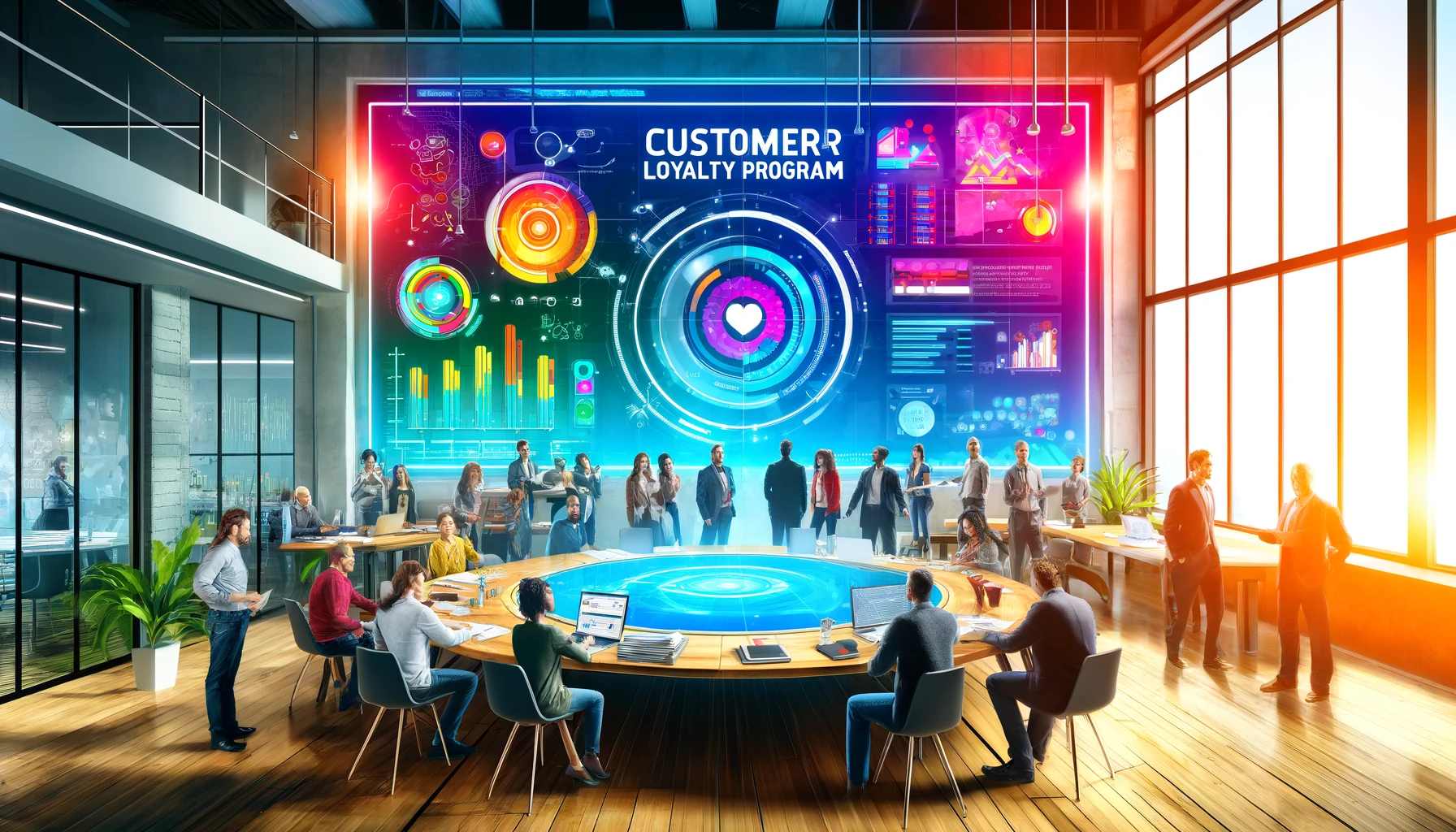
Step-by-Step Guide to Technology Integration
Assess Your Needs and Goals
Before diving into new technologies, it’s crucial to clearly understand what you hope to achieve. Are you looking to improve customer retention, enhance engagement, or streamline operations? Setting clear goals will guide your technology choices and investment decisions.
Choose the Right Technology
Based on your goals, research which technology solutions are most effective. Consider solutions like CRM systems for better customer relationship management, loyalty management software for rewards programs, or personalization engines to tailor your marketing efforts.
Pilot and Test
Before a full rollout, pilot the technology with a small segment of your customer base. This testing phase will help you understand how well the technology meets your needs and how customers respond to the changes.
Train Your Team
Ensure your team is well-equipped to use the new technology. Comprehensive training is essential for seamless adoption and utilization. The more confident your team is with the technology, the better they will be able to support your customers.
Launch and Monitor
Roll out the technology to all users and monitor its impact closely. Keep an eye on key metrics such as customer engagement, retention rates, and overall satisfaction to gauge the success of the integration.
Iterate and Improve
Use the data collected to refine and enhance your technology deployment. Customer feedback can be invaluable in this phase, providing insights into what works and what doesn’t.
Common Pitfalls to Avoid
Overcomplication
Avoid implementing technology that is too complex for your needs. Overcomplication can confuse customers and staff, potentially harming the customer experience rather than enhancing it.
Ignoring Customer Feedback
Failure to listen to customer feedback about the technology can lead to dissatisfaction and reduced loyalty. Always keep communication channels open and be responsive to customer needs and concerns.
Lack of Integration
Ensure that new technology integrates smoothly with your existing systems. Poor integration can lead to data silos and inefficiencies, detracting from the customer experience.
Neglecting Privacy and Security
When implementing new technology, especially those that handle customer data, prioritizing privacy and security is crucial. Neglecting this can lead to breaches and loss of customer trust.
By following these steps and being aware of common pitfalls, you can effectively implement technology solutions that enhance customer loyalty and drive long-term success for your business. In the next section, we will look into the future trends in technology that are expected to further influence customer loyalty strategies.
The Future of Customer Loyalty: Tech Trends to Watch
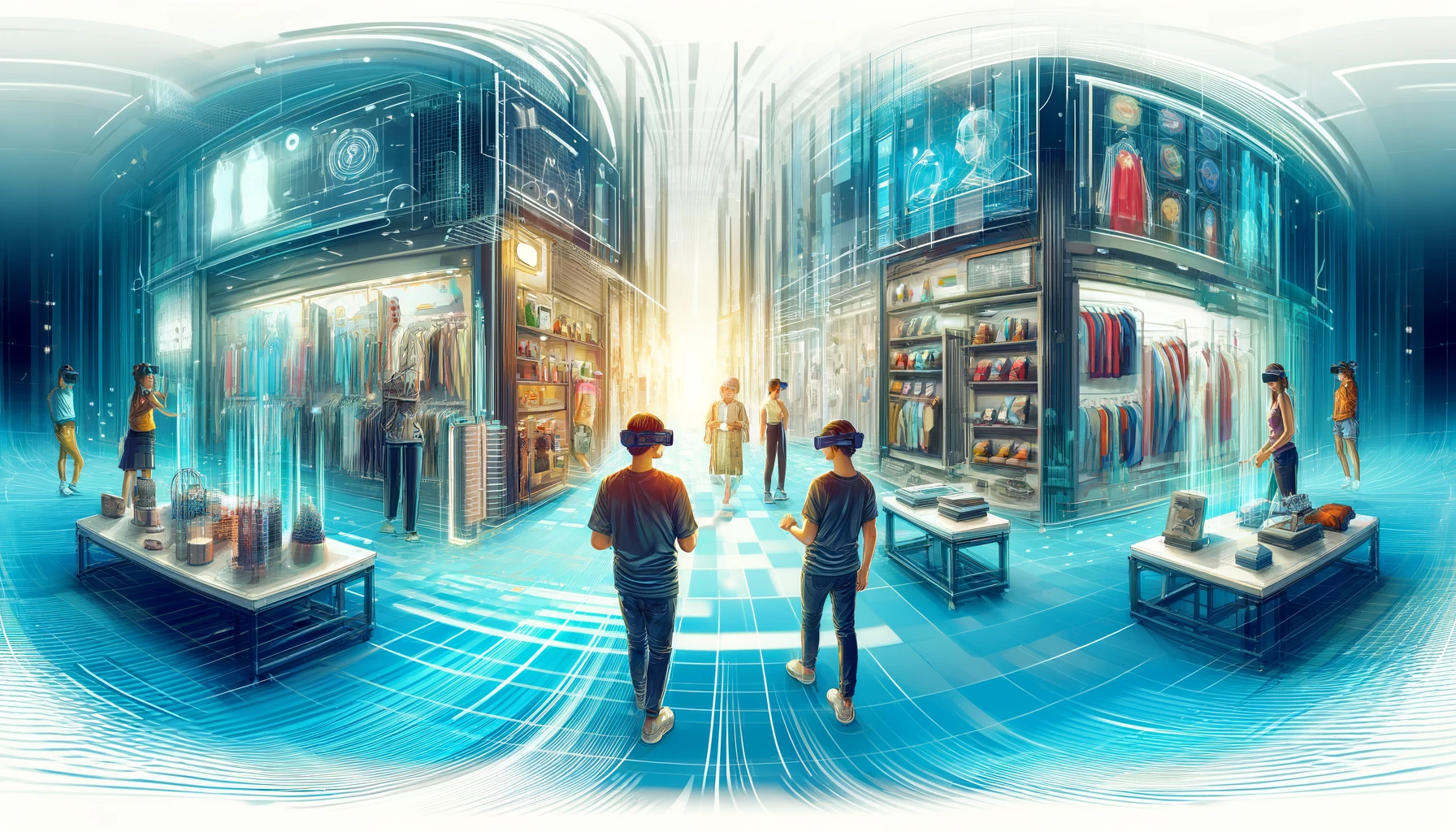
As we look toward the future, technology continues to evolve at a rapid pace, shaping how businesses engage with their customers and foster loyalty. Here are some emerging tech trends that are likely to influence customer loyalty programs in the coming years. Understanding these can help you stay ahead of the curve and adapt your strategies to meet changing consumer expectations.
Artificial Intelligence and Machine Learning
Smarter Personalization
AI and machine learning are set to deepen the level of personalization businesses can offer. These technologies can predict customer behavior with greater accuracy and provide insights that allow for more precise targeting. This means delivering offers and content that are not only timely but also highly relevant to each individual customer.
Augmented Reality and Virtual Reality
Enhanced Shopping Experiences
Augmented reality (AR) and virtual reality (VR) are beginning to transform the shopping experience by allowing customers to interact with products in new and engaging ways. For instance, virtual try-ons and immersive product demos can enhance online shopping, making it more interactive and enjoyable, thus increasing customer engagement and loyalty.
Blockchain for Enhanced Transparency
Trust and Security
Blockchain technology could revolutionize customer loyalty programs by increasing transparency and security in transactions. With blockchain, customers can see exactly how their data and rewards are being managed, which can enhance trust and loyalty to a brand.
Internet of Things (IoT)
Seamless Customer Interactions
IoT technology can connect various customer devices with brands, providing seamless interactions. For example, smart appliances can automatically reorder supplies when they run low, simplifying the customer’s purchasing process and locking in repeat sales.
Voice Technology
Simplified Purchasing Processes
As voice-assisted devices continue to permeate homes, voice technology will play a more significant role in shopping. Customers can reorder products, access support, and interact with a brand via simple voice commands, enhancing convenience and fostering loyalty.
Sustainable and Ethical Tech
Aligning with Consumer Values
Consumers are increasingly looking for brands that align with their values, including sustainability. Technology that helps brands reduce their carbon footprint or support ethical practices can also boost customer loyalty, as consumers prefer to stick with brands that demonstrate responsibility.
By staying informed about these trends and beginning to integrate relevant technologies into your customer loyalty strategies, your business can not only keep pace with the industry but also lead in creating meaningful and lasting relationships with customers. As we conclude this exploration of technology and customer loyalty, let’s reflect on how these insights can be practically applied to ensure your business remains competitive and resonant with modern consumers. In the next section, we will wrap up our discussion and inspire you to take action based on what we’ve learned.
Conclusion
Embracing technology is no longer just an option for businesses seeking to enhance customer loyalty; it’s a necessity. As we’ve explored throughout this blog, technology offers a myriad of tools and solutions that can profoundly impact how customers perceive and interact with your brand. From mobile apps to advanced AI-driven personalization, each technological innovation provides a unique opportunity to deepen customer relationships and foster enduring loyalty.
Harnessing Technology for Deeper Connections
The future of customer loyalty lies in a personalized, seamless, and engaging customer experience. Implementing the right technology not only meets the expectations of today’s tech-savvy consumers but also anticipates their future needs. This proactive approach is what will set your business apart in a crowded market.
Inspiring Action and Innovation
Consider how you can integrate the technologies we’ve discussed into your existing loyalty strategies. Whether it’s by adopting a new CRM system, exploring AI for deeper customer insights, or experimenting with AR for immersive product experiences, each step forward is a step towards a more robust and loyal customer base.
Committing to Continuous Improvement
The landscape of technology and customer engagement is ever-evolving. Staying informed and adaptable is crucial. Regularly seek feedback from your customers on their experiences with your tech-driven services and always be ready to iterate and improve. This commitment to innovation and quality will not only enhance customer loyalty but also drive your business towards long-term success.
The Call to Explore and Engage
Now, we encourage you to take these insights and think critically about how they can be applied within your own business context. Reflect on your current technology stack and customer engagement strategies. Where are the gaps? What are the opportunities for enhancement? How can you make your customer interactions more memorable and effective?
We hope this exploration of technology solutions for customer loyalty has inspired you to act. Remember, the journey towards building customer loyalty through technology is ongoing and requires commitment, creativity, and a willingness to embrace change. We look forward to seeing how you will leverage these tools to create lasting relationships with your customers.
Engage with Us
Have questions or insights about implementing tech solutions in your loyalty programs? Share your thoughts and experiences in the comments below. Let’s learn from each other and build a community of forward-thinking business leaders dedicated to driving innovation and success.
By fostering a culture of continuous improvement and staying ahead of technological trends, your business can thrive in the dynamic landscape of customer loyalty.
FAQs
To further enhance your understanding of how technology can drive customer loyalty, here are answers to some of the most common questions on the topic:
1. What is the most effective technology for improving customer loyalty?
Answer: The effectiveness of technology in improving customer loyalty varies by industry and customer base. However, CRM systems are universally beneficial as they help manage customer interactions, understand customer behaviors, and deliver personalized experiences. Additionally, mobile apps and loyalty management software are highly effective for providing convenience and tailored rewards to customers.
2. How do small businesses implement advanced technologies like AI without a large budget?
Answer: Small businesses can leverage AI through affordable cloud-based services and platforms that offer AI functionalities, such as chatbots for customer service and machine learning tools for personalized marketing. Many vendors offer scalable solutions, allowing businesses to pay for only what they use.
3. Are there privacy concerns with using technology in customer loyalty programs?
Answer: Yes, using technology to gather and analyze customer data does raise privacy concerns. It’s crucial to comply with data protection regulations such as GDPR or CCPA and to be transparent with customers about how their data is used. Always ensure that data is securely stored and that customers have control over their personal information.
4. How can technology help in retaining customers during economic downturns?
Answer: During economic downturns, customer retention becomes even more critical. Technology can help by optimizing the customer experience through personalized communications and offers that deliver real value. Automated marketing tools can help maintain engagement without increasing costs significantly.
5. What future technology should businesses watch that could impact customer loyalty?
Answer: Businesses should keep an eye on developments in blockchain technology for secure and transparent customer transactions, and augmented reality for enhanced online shopping experiences. Additionally, advancements in IoT are expected to offer new ways to integrate services and products into the daily lives of customers, thereby enhancing loyalty.
By addressing these common queries, businesses of all sizes can better understand how to effectively integrate technology into their customer loyalty strategies, ensuring they remain competitive and responsive to customer needs. This proactive approach to customer engagement and retention is key to building lasting relationships and driving long-term success.
